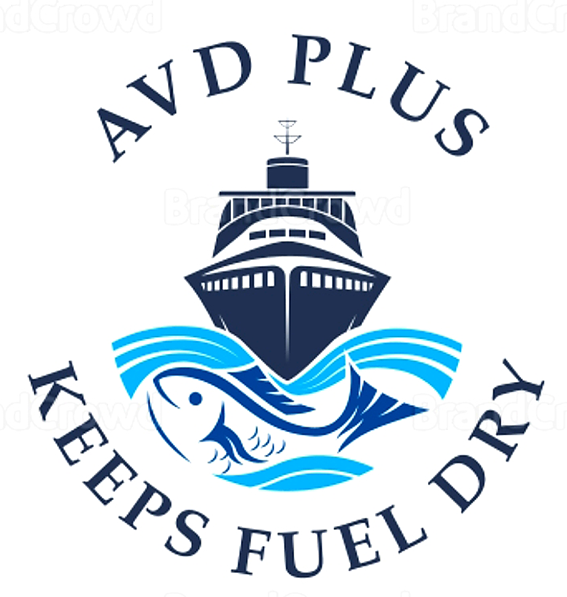Follow Us x
Simply put, biofuels are those fuels which are made directly from plant or animal biomass. Petro-fuels are petroleum-based fuels, also called fossil fuels because they are refined from the fossils of plant and animal biomass.
Commonly for today's markets, these two types of fuels are blended. Ethanol is typically mixed with gasoline; 98% of gas stations sell E-10 (10% ethanol, 90% gasoline). *
B20 (20% biodiesel to 80% petro-diesel) is the most popular blend for vehicles with diesel engines.
B100 refers to 100% pure, unblended biodiesel. It is not often used commercially as a fuel for many reasons ... and one of those reasons is WATER.
*Alternative Fuels Data Center, USDept of Energy.
Why is water so damaging to biofuels?
Oil-based fuels float on top of any water that gets into a fuel tank, preventing the water from evaporating back into the air. The interface where the oil and water meet becomes a perfect habitat for algea and microbes ... these critters live in the water and feed off of the oil. As they reproduce, the populations explode and the dead sink to form a nasty sludge on the bottom of the tank.
In the photograph:
The jar on the left, with fingers clearly showing through, is B100 biodiesel. This is the way B100 should look, fresh and clean and dry.
The jar on the right shows the well-contaminated layer of sludge that has sunk to the bottom of the jar, and the bottom of the water layer. The murky dark layer on top is contaminated biodiesel.
As soon as the vehicle moves or the engine is started, the layers of fuel, water and sludge can become mixed and then pulled into the engine. This causes engine corrosion and clogged injectors. Boats, which often sit for a long time in the winter, can be vulnerable to engine failure. In the wrong place & at the wrong time, engine failure can be dangerous.
Both petro-fuels and bio-fuels attract water molecularly, but the biofuels are much more hygroscopic, readily attracting and retaining water vapor from the atmosphere. Thus, biofuels are more vulerable to contamination by water, microbes, and sludge.
How is the water getting into my fuel tank?
There are three ways:
- "Diurnal breathing" is the term for the natural daily airflow cycle of your fuel tank.
Fuel tanks have an air vent to allow this.
During the day, the fuel in the tank expands due to the warmth of the ambient temperature. This pushes out last night's air. Then at night, when the fuel cools off and contracts, fresh marine air full of water vapor is sucked into the tank.
Overnight, the fuels -especially biofuels- attract the water molecules out of the tank's air. The next day, as the cycle repeates, the tank pushes out some old air and draws in more humid marine air. - As the fuel in the tank is used up by the engine, the tank is able to hold more air.
So, the cycle continues. - Fuels often have a certain amount of water before they even reach the gas station.
How long can biodiesel be stored before it "goes bad"?
More info soon.
How can I safely use biodiesel for my sailboat's engine?
Keep it Dry!
Boating is certainly more fun when there's no fear about the engine stalling during times of need.
Keep your biofuel dry, clean, and safe by preventing water contamination.
Put an AVD Air Vent Dryer in the air vent hose and simply forget about it until your next oil change. The AVD will trap and collect all the moist water vapor from the atmosphere.
Case Study: AVDs on Petit Fuel biodiesel storage tanks.
More info soon.
Case Study: Ama Natura, the B100 non-petro-fuel boat
More info soon.
- Copyright © 2025 H2 Out, all rights reserved.
- Olympia, WA 98502 (360) 350-2656

